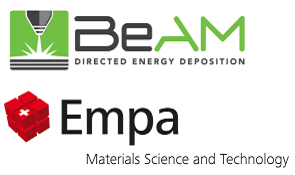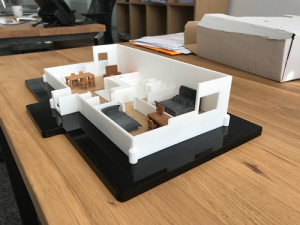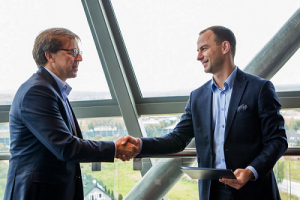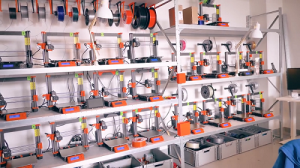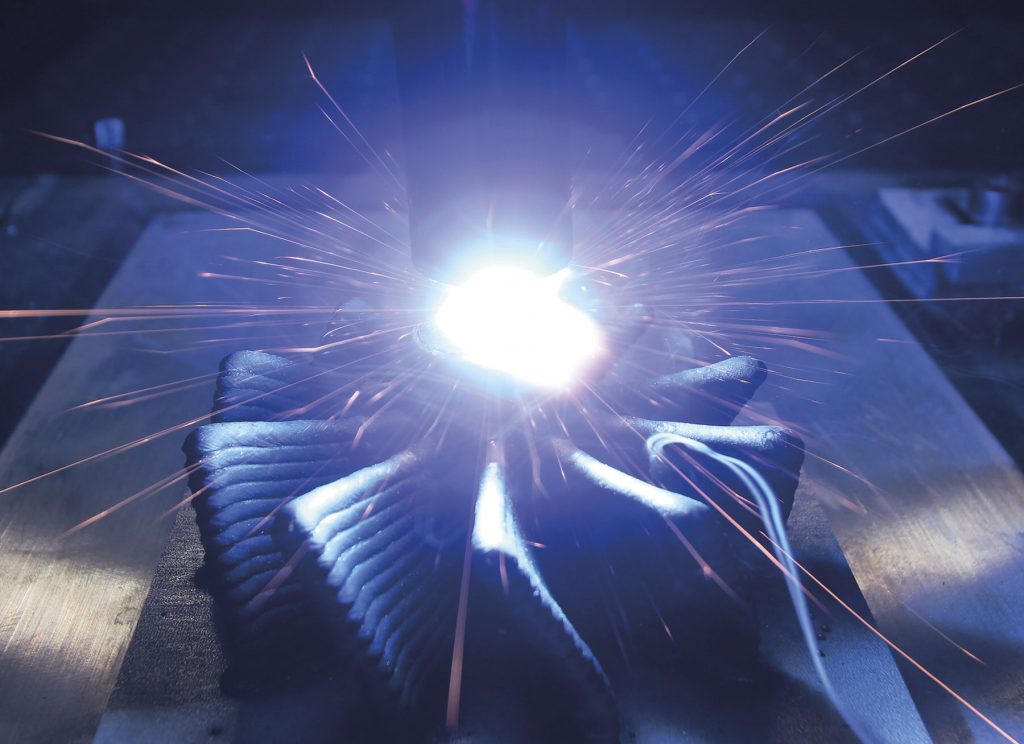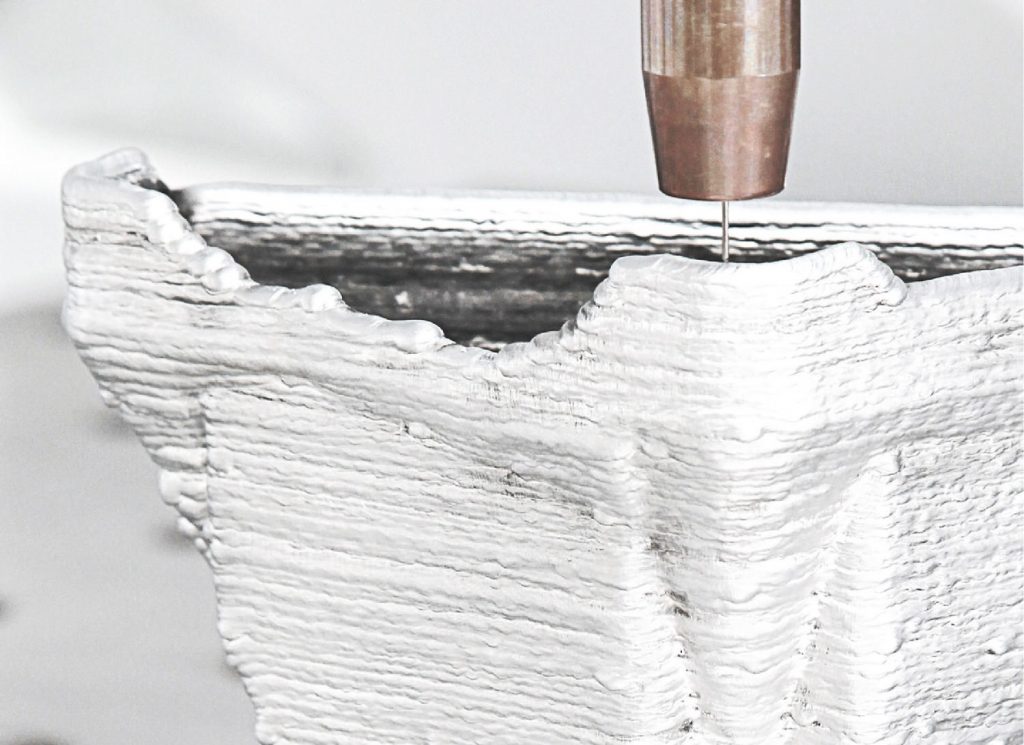We’re taking care of business first in today’s 3D Printing News Briefs, and then moving on to education. Optomec has announced two new additions to its LENS series, and CRP Technology is introducing a new commercial strategy for its Windform composite materials. HP India is building a new Center of Excellence for 3D Printing, while the South Korean government continues its investment in the technology. The GE Additive Education Program is now accepting applications for 2019-2020, and a Philadelphia-based university and health system has integrated Ultimaker 3D printers into its teaching curriculum. Speaking of health, Sweden is looking into 3D printing food for the elderly.
Optomec’s New LENS Systems
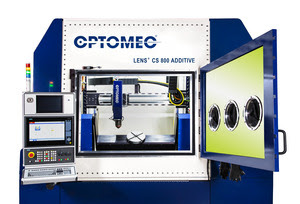 This week, production-grade metal 3D printer supplier Optomec announced that it was releasing two new Directed Energy Deposition (DED) 3D printers in its Laser Engineered Net Shaping (LENS) Classic System Series: the CS 600 and the CS 800 Controlled Atmosphere (CA) DED Systems. Both of the systems are configurable, and are designed to maximize the process build envelope, while at the same time lowering the system footprint and chamber volume. They have CA chambers that make it possible to process both non-reactive and reactive metals, and are both compatible with the company’s latest generation LENS deposition head.
This week, production-grade metal 3D printer supplier Optomec announced that it was releasing two new Directed Energy Deposition (DED) 3D printers in its Laser Engineered Net Shaping (LENS) Classic System Series: the CS 600 and the CS 800 Controlled Atmosphere (CA) DED Systems. Both of the systems are configurable, and are designed to maximize the process build envelope, while at the same time lowering the system footprint and chamber volume. They have CA chambers that make it possible to process both non-reactive and reactive metals, and are both compatible with the company’s latest generation LENS deposition head.
“These new systems come packed with next-generation DED components all born from signature Optomec know-how and built to provide affordable, high-quality metal additive manufacturing capabilities for industry’s most demanding requirements. The LENS CS 600 and CS 800 systems represent the latest in DED processing from precision deposition to cladding applications and extend our product portfolio to continue to provide high-value metal additive manufacturing solutions,” said Tom Cobbs, Optomec’s LENS product manager.
The first customer shipments of the CS 600 and the CS 800 CA systems have already begun this year.
New Commercial Strategy for Windform Materials
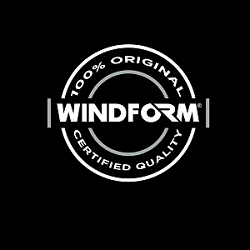 CRP Technology has for years made components and also sold its Windform composite materials. Now the company has decided to revise its commercial strategy for the materials: from now on, they will no longer be sold to service bureaus for the toll-manufacturing of 3D printing components. However, the materials will continue to be sold to companies that produce their own components, while CRP Technology and CRP USA will continue to offer support for service and assistance in producing Windform parts.
CRP Technology has for years made components and also sold its Windform composite materials. Now the company has decided to revise its commercial strategy for the materials: from now on, they will no longer be sold to service bureaus for the toll-manufacturing of 3D printing components. However, the materials will continue to be sold to companies that produce their own components, while CRP Technology and CRP USA will continue to offer support for service and assistance in producing Windform parts.
“The change in the strategy of CRP Technology is because we believe we can ensure the highest quality in the manufacture of 3D printed components; indeed the increase in production capacity -both in Europe and in the United States- will guarantee the volumes necessary to satisfy any request from our customers based all over the world, in compliance with the high standards of service and quality that has always been a distinctive element of CRP Technology and CRP USA’s activities,” CRP Technology told 3DPrint.com in an email.
HP Building Center of Excellence for 3D Printing in India
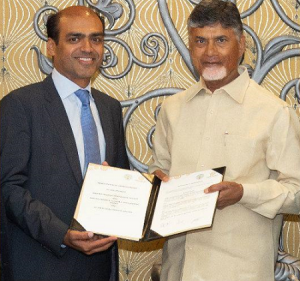 HP introduced its Jet Fusion 4200 3D Printing solutions to India last year, and is now planning to build a Center of Excellence (CoE) for 3D Printing in Andhra Pradesh, which is the country’s seventh-largest state. This week, the company signed a Memorandum of Understanding (MoU) with the Andhra Pradesh government to build the CoE, which will give small and medium businesses (SMBs) and startups in the state the opportunity to learn more about the benefits of adopting 3D printing. HP India will be the main knowledge provider for the CoE, while the Andhra Pradesh Innovation Society (APIS) will enable accreditations and certifications and provide infrastructure support, and the Andhra Pradesh Economic Development Board (APEDB) will encourage and drive public sector enterprises and government departments to use the CoE.
HP introduced its Jet Fusion 4200 3D Printing solutions to India last year, and is now planning to build a Center of Excellence (CoE) for 3D Printing in Andhra Pradesh, which is the country’s seventh-largest state. This week, the company signed a Memorandum of Understanding (MoU) with the Andhra Pradesh government to build the CoE, which will give small and medium businesses (SMBs) and startups in the state the opportunity to learn more about the benefits of adopting 3D printing. HP India will be the main knowledge provider for the CoE, while the Andhra Pradesh Innovation Society (APIS) will enable accreditations and certifications and provide infrastructure support, and the Andhra Pradesh Economic Development Board (APEDB) will encourage and drive public sector enterprises and government departments to use the CoE.
“Manufacturing in Andhra Pradesh has great potential as a lot of demand is slated to come from domestic consumption,” said J. Krishna Kishore, the CEO of APEDB. “Andhra Pradesh’s impetus in automotive, electronics and aerospace makes technologies like 3D printing market-ready.”
South Korea Continues to Invest in 3D Printing
 For the last couple of years, the government of South Korea has been investing in 3D printing, and 2019 is no different. The country’s Ministry of Science and ICT announced that it would be spending 59.3 billion won (US $52.7 million) this year – up nearly 17% from its 2018 investment – in order to continue developing 3D printing expertise to help nurture the industry. According to government officials, 27.73 billion of this will be allocated to further development of 3D printing materials technology, and some of the budget will go towards helping the military make 3D printed components, in addition to helping the medical sector make 3D printed rehab devices.
For the last couple of years, the government of South Korea has been investing in 3D printing, and 2019 is no different. The country’s Ministry of Science and ICT announced that it would be spending 59.3 billion won (US $52.7 million) this year – up nearly 17% from its 2018 investment – in order to continue developing 3D printing expertise to help nurture the industry. According to government officials, 27.73 billion of this will be allocated to further development of 3D printing materials technology, and some of the budget will go towards helping the military make 3D printed components, in addition to helping the medical sector make 3D printed rehab devices.
“3D printing is a core sector that can create innovation in manufacturing and new markets. The ministry will support development by working with other related ministries and strengthen the basis of the industry,” said Yong Hong-taek, an ICT ministry official.
GE Additive Education Program Accepting Applications
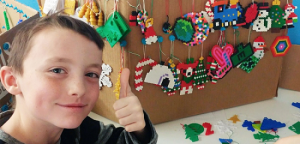 In 2017, GE Additive announced that it would be investing $10 million in the GE Additive Education Program (AEP), an educational initiative designed to foster and develop students’ skills in additive manufacturing. To date, the global program has donated over 1,400 polymer 3D printers to 1,000 schools in 30 different countries, and announced this week that it is now accepting applications for the 2019-2020 cycle from primary and secondary schools. While in previous years the AEP also awarded metal 3D printers to universities, that’s not the case this time around.
In 2017, GE Additive announced that it would be investing $10 million in the GE Additive Education Program (AEP), an educational initiative designed to foster and develop students’ skills in additive manufacturing. To date, the global program has donated over 1,400 polymer 3D printers to 1,000 schools in 30 different countries, and announced this week that it is now accepting applications for the 2019-2020 cycle from primary and secondary schools. While in previous years the AEP also awarded metal 3D printers to universities, that’s not the case this time around.
“This year’s education program will focus only on primary and secondary schools,” said Jason Oliver, President & CEO of GE Additive. “The original purpose of our program is to accelerate awareness and education of 3D printing among students – building a pipeline of talent that understands 3D design and printing when they enter the workplace. We already enjoy some wonderful working relationships with universities and colleges, so this year we have decided to focus our efforts on younger students.”
The deadline for online AEP applications is Monday, April 1st, 2019. Packages include a Polar Cloud premium account, a Polar Cloud enabled 3D printer from either Dremel, Flashforge, or Monoprice, rolls of filament, and – new this round – learning and Tinkercad software resources from Autodesk. Check out the video below to learn about GE Additive’s ‘Anything Factory’ brand campaign, the heart of which was formed by a young student who had just discovered 3D printing and what it’s capable of creating…this is, of course, the purpose behind AEP.
Ultimaker 3D Printers Integrated into Medical Teaching Curriculum
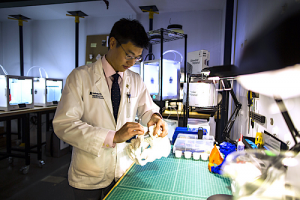 Dr. Robert Pugliese and Dr. Bon Ku of Philadelphia’s Thomas Jefferson University and Jefferson Health wanted to better prepare their students for real-world hospital challenges, and so decided to integrate Ultimaker 3D printers into the system’s Health Design Lab. The Lab is used for multiple medical and educational applications, from ultrasound training and cardiology to ENT surgery and high-risk obstetrics, and students are able to work with radiologists on real patient cases by helping to produce accurate anatomic models. The Lab houses a total of 14 Ultimaker 3D printers, including the Ultimaker 2+ Extended, the Ultimaker 3, and the Ultimaker S5, and the models 3D printed there help enhance patient care and improve surgical planning, as well as teach students how to segment critical features and interpret medical scan data.
Dr. Robert Pugliese and Dr. Bon Ku of Philadelphia’s Thomas Jefferson University and Jefferson Health wanted to better prepare their students for real-world hospital challenges, and so decided to integrate Ultimaker 3D printers into the system’s Health Design Lab. The Lab is used for multiple medical and educational applications, from ultrasound training and cardiology to ENT surgery and high-risk obstetrics, and students are able to work with radiologists on real patient cases by helping to produce accurate anatomic models. The Lab houses a total of 14 Ultimaker 3D printers, including the Ultimaker 2+ Extended, the Ultimaker 3, and the Ultimaker S5, and the models 3D printed there help enhance patient care and improve surgical planning, as well as teach students how to segment critical features and interpret medical scan data.
“When we introduce these models to the patients their eyes get big and they ask a lot of questions, it helps them to understand what the complexity of their case really is. It’s just so much better to have the patient on the same page and these models really help bring that reality to them,” said Dr. Amy Mackey, Vice Chair of the Department of Obstetrics and Gynecology at Jefferson’s Abington Hospital.
3D Printing Food for the Elderly in Sweden
If you’ve attended a meal at a nursing home, or care home, then you know the food that’s served is not overly appetizing. This is because elderly people can also just have a more difficult time eating regular food. Roughly 8% of adults in Sweden have trouble chewing or swallowing their food, which can easily cause them to become malnourished. That’s why the Halmstad municipality on the country’s west coast wants to use 3D printing to stimulate these residents’ appetites, which will be accomplished by reconstituting soft, puréed food like chicken and broccoli to make it look more realistic.
Richard Asplund, a former head chef at the luxury Falkenbergs Strandbad hotel who’s now the head of Halmstad’s catering department, said, “When you find it hard to chew and swallow, the food that exists today doesn’t look very appetising.
“So the idea is to make something more aesthetic to look at, to make it look good to eat by recreating the original form of the food.”
The state innovation body Rise is coordinating the project, which is currently in the pre-study phase and plans to serve the first 3D printed meals in Halmstad and Helsingborg by the end of this year.
Discuss these stories and other 3D printing topics at 3DPrintBoard.com or share your thoughts in the Facebook comments below.


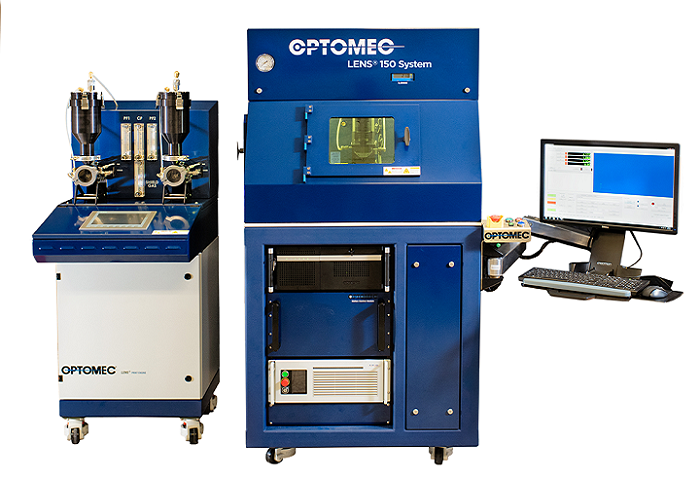

 Mitsubishi Electric Corporation, a Tokyo-based electronics manufacturer, has announced the development of precision metal printing with “dot forming” Direct Energy Deposition (DED). According to the company, the latest innovation will increase productivity by manufacturing near-finished parts for the automobile and aerospace industry. The new 3D system will be demonstrated on the 1st of November, at the 29th […]
Mitsubishi Electric Corporation, a Tokyo-based electronics manufacturer, has announced the development of precision metal printing with “dot forming” Direct Energy Deposition (DED). According to the company, the latest innovation will increase productivity by manufacturing near-finished parts for the automobile and aerospace industry. The new 3D system will be demonstrated on the 1st of November, at the 29th […]
